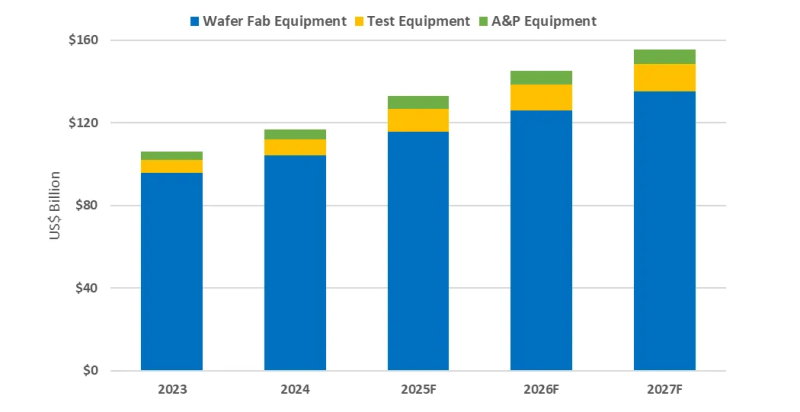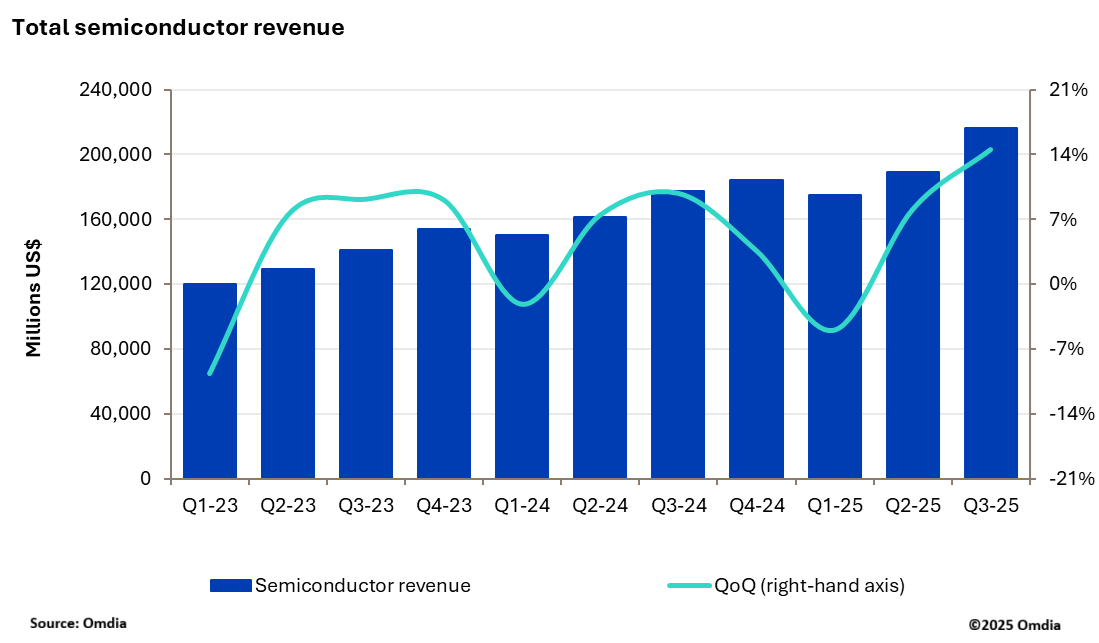Currently there are bloated inventories for components like memory, small case-size ceramic capacitors and automotive MCUs, but FPGAs, analogue ICs, power MOSFETs, MCUs and discretes remain constrained and costly.
In Q3, lead times for all electronic components will reduce compared to Q3 2022 with nearly 60% of component lead times decreasing versus 1% in Q3 22 with none expected to increase compared to 73% in Q3 22.
Despite inventory reductions that will likely be complete by the end of H1, IC orders, wafer starts, and capacity utilisation will begin to rise and memory pricing will reach its bottom in H2. DRAM prices will start to recover in Q3 and NAND pricing will follow in Q4 or early in 2024.

Stay up to date with the latest in industry offers by subscribing us. Our newsletter is your key to receiving expert tips.

Worldwide semiconductor equipment sales are projected to grow 13.7 percent in 2025, reaching a record 133 billion dollars, Semi announced at Semicon Japan. This momentum is expected to continue throug

The smartphone industry is facing considerable cost challenges in 2026 amid ongoing memory supply shortages and rising prices. This situation is expected to lead to a 1.6% decrease in annual shipments

New research from Omdia shows that the semiconductor market delivered a record breaking performance in 3Q25 with industry revenue reaching $216.3bn, up 14.5% quarter-over-quarter (QoQ). This marks the